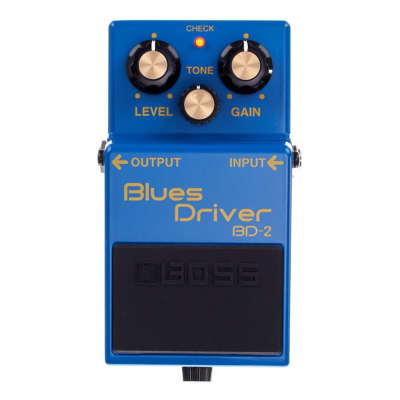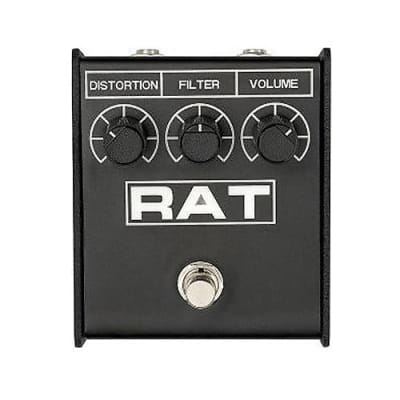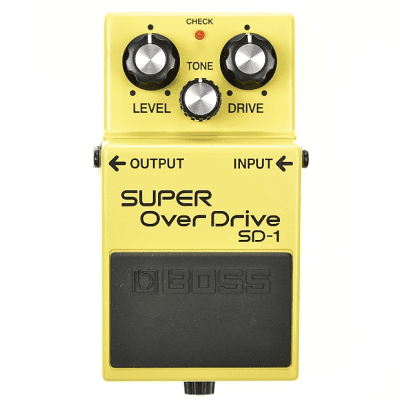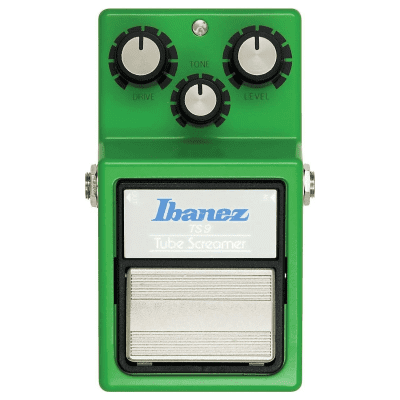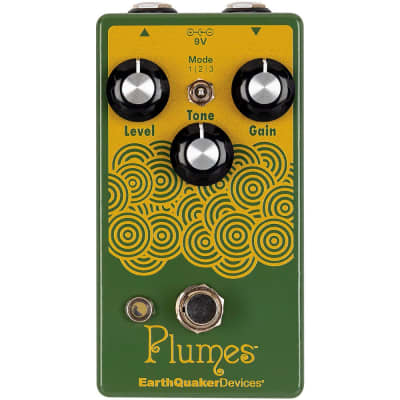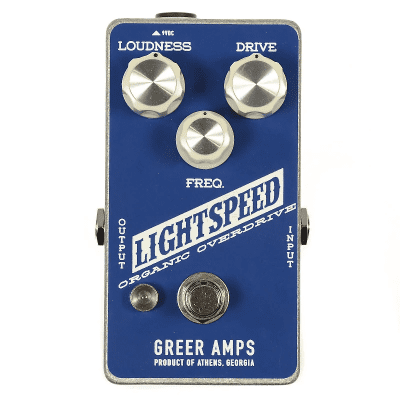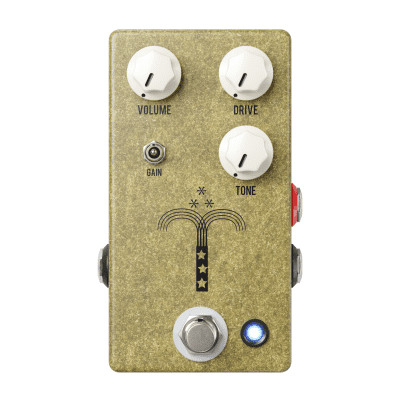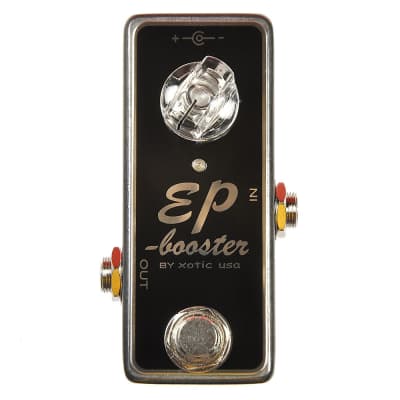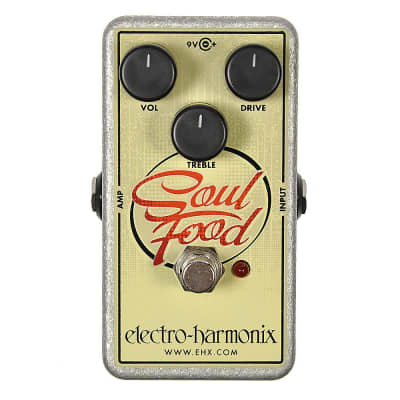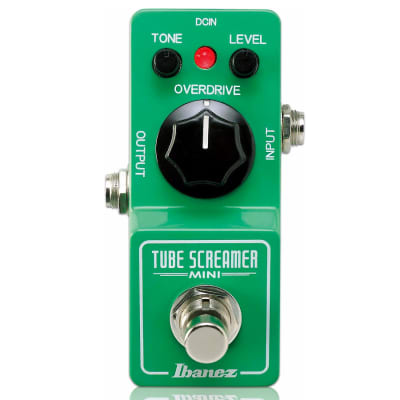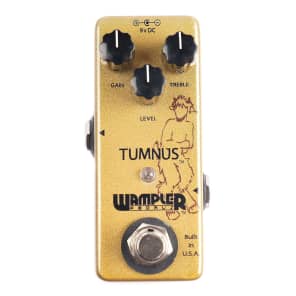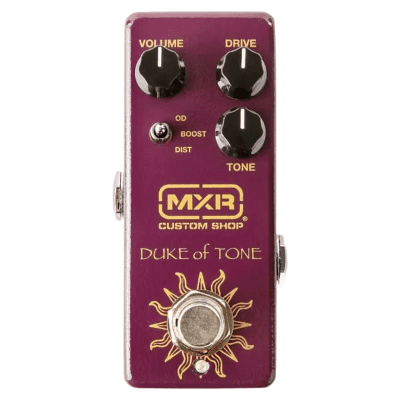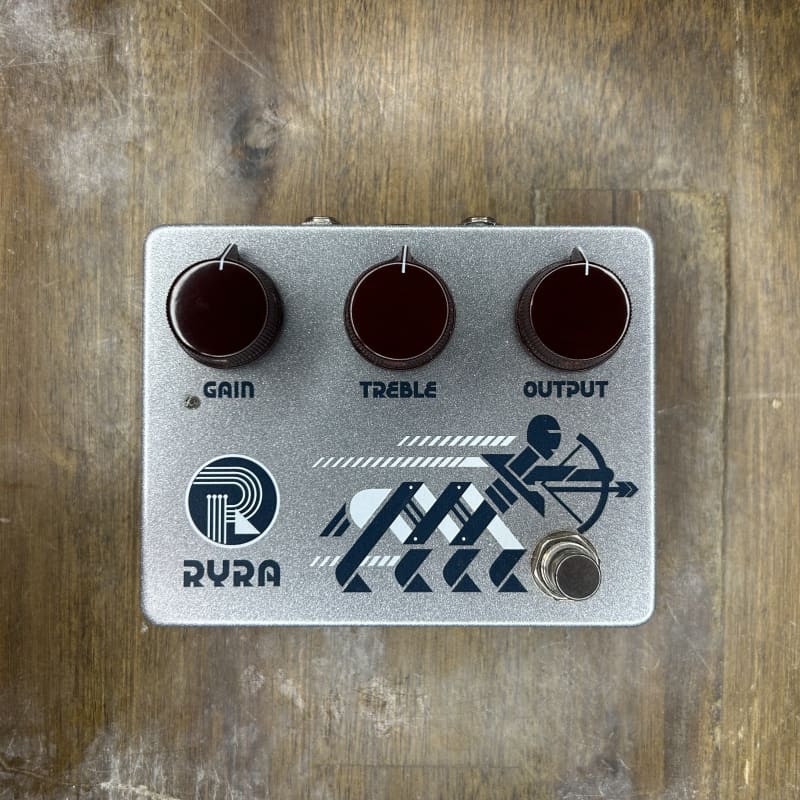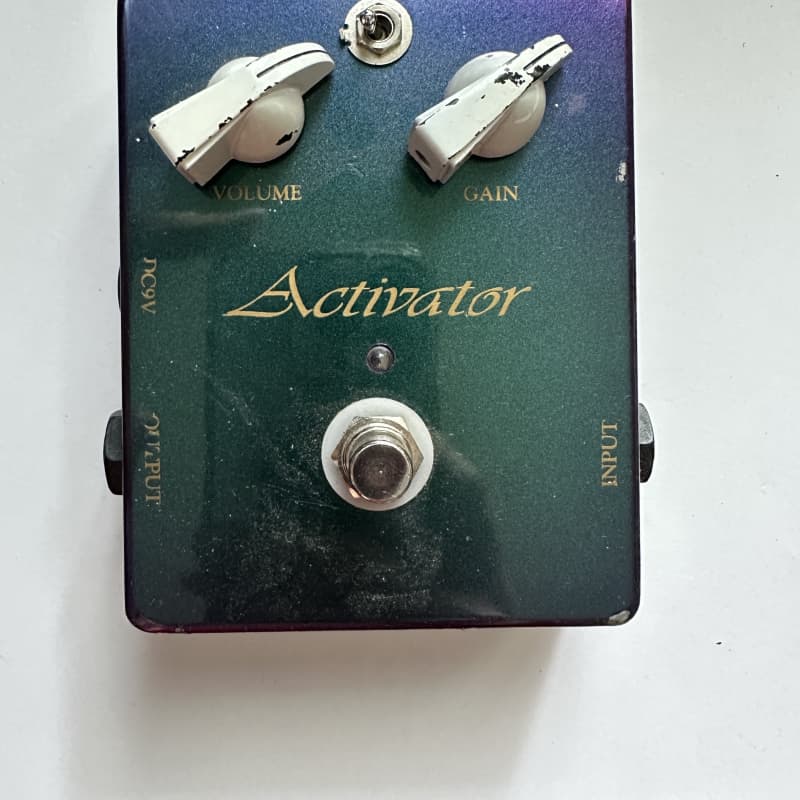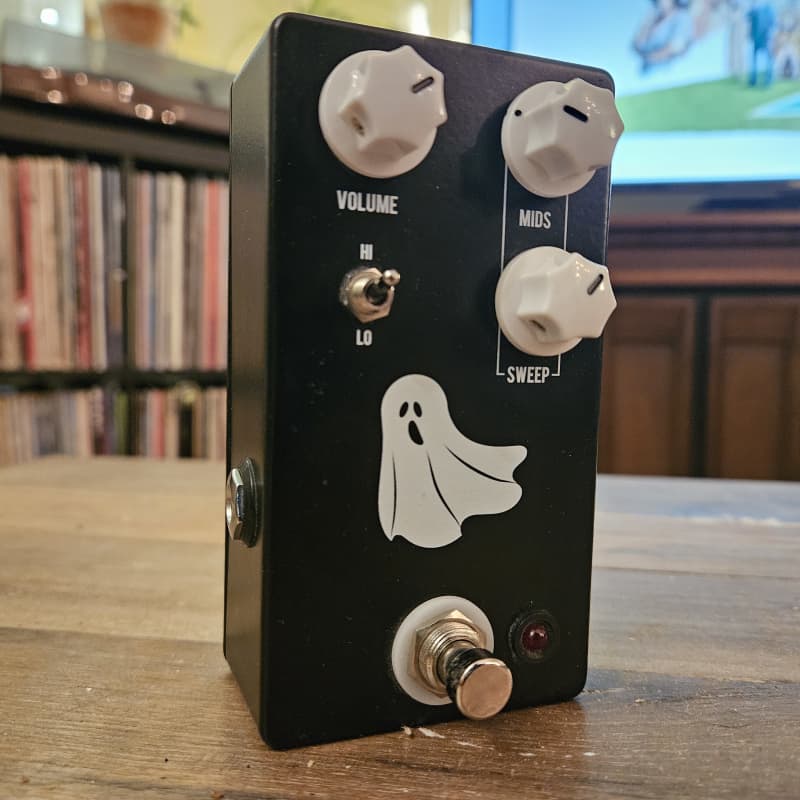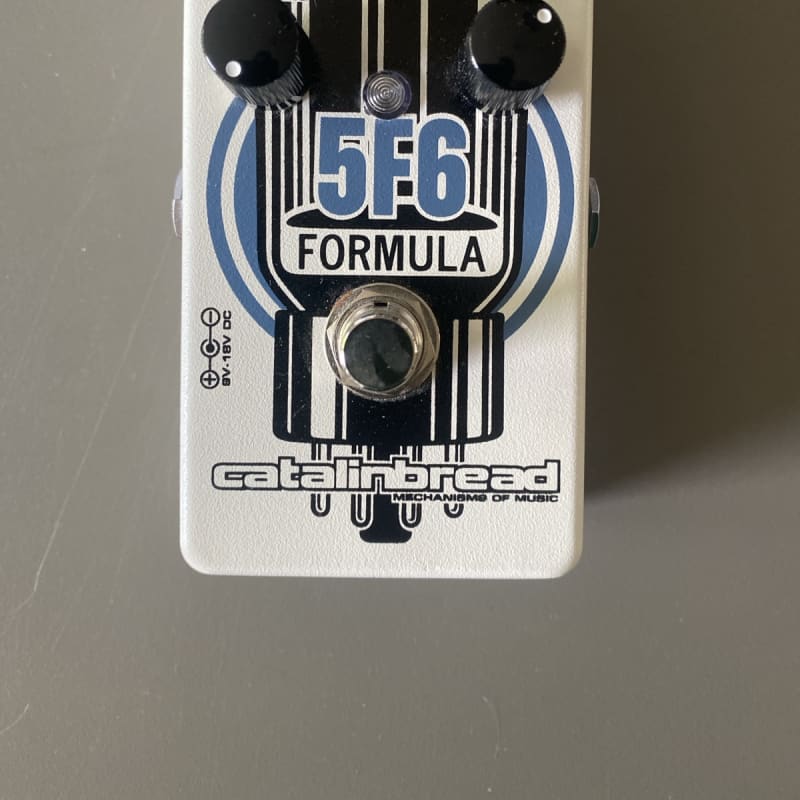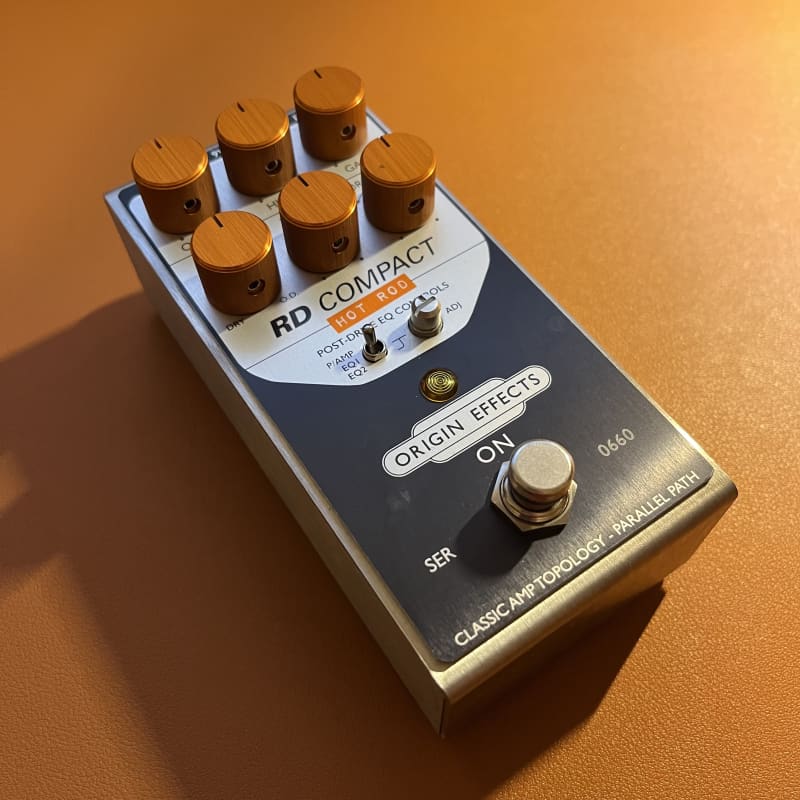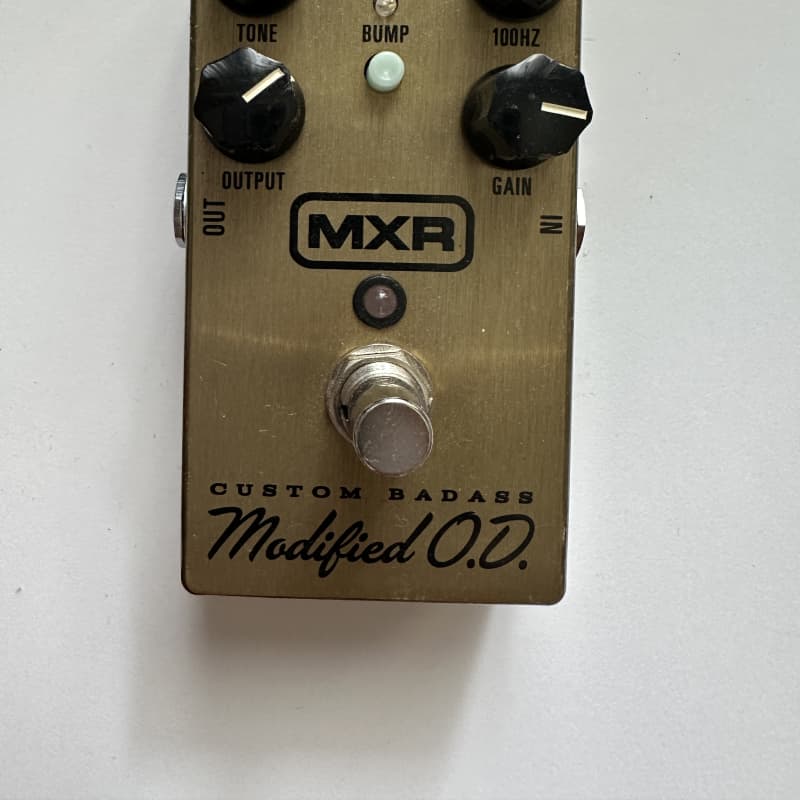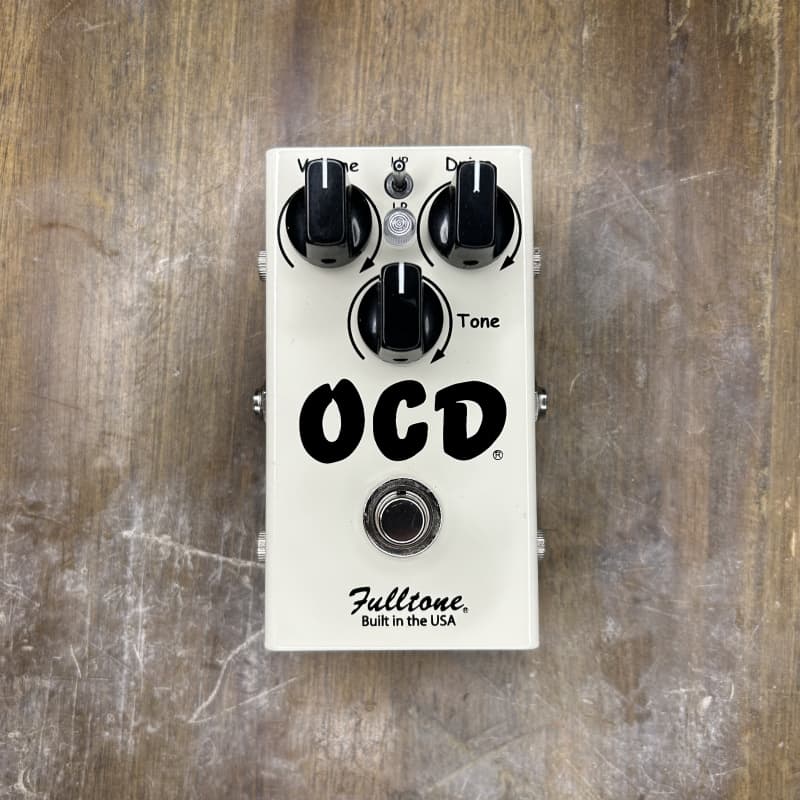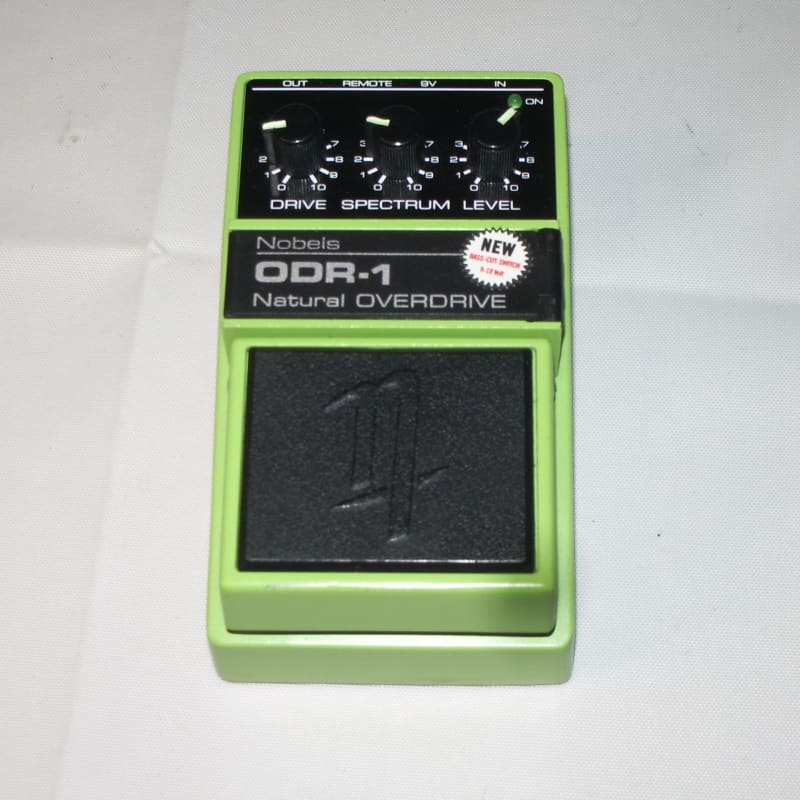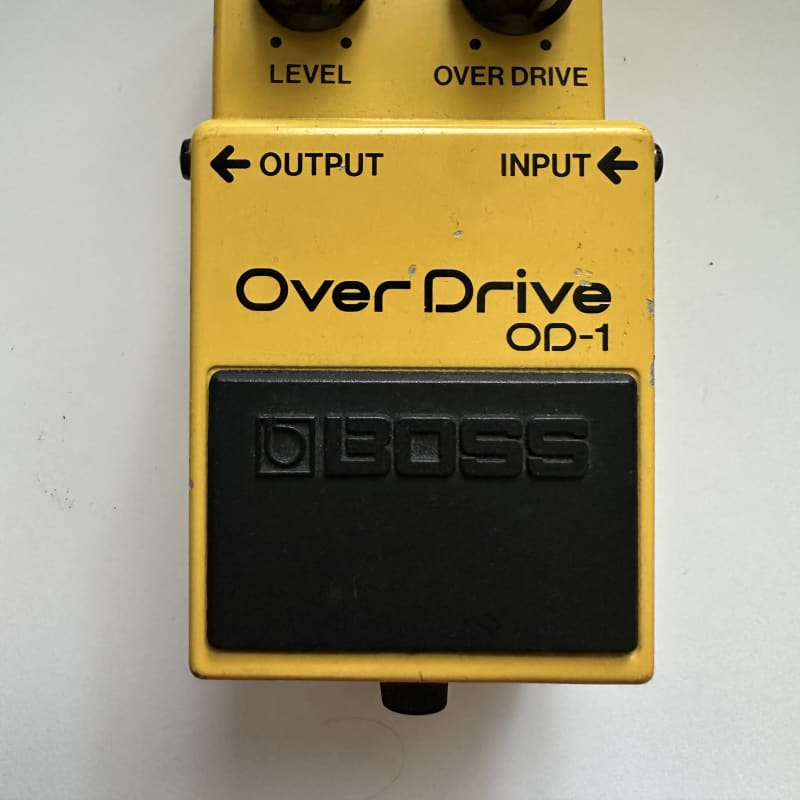Overdrive and Boost Pedals
Overdrive and Boost Pedals For Sale
In 1977, a Japanese company released what is regarded as the first overdrive pedal, the Boss OD-1. Fuzzy tones, distortions, and preamps had seen use prior to this influential release, but the OD-1 helped form the flavor of overdrive used to push tube amps to extremes and add bite to solid state amplifiers.
Almost a decade earlier, Mike Matthews had developed, manufactured, and marketed the LPB-1, the first Electro-Harmonix pedal: a boost effect which accomplishes many of the same results as the OD-1. As part of its early line of compact stompboxes, MXR released the Micro Amp, also marketed as a preamp, another boost pedal still produced today.
Decades later, boost and overdrive are essential parts of every kind of music played with electric guitars. Some contemporary designs combine boost and overdrive in one pedal, either to push the overdrive toward distortion, or conveniently add boost to a crowded pedalboard.
